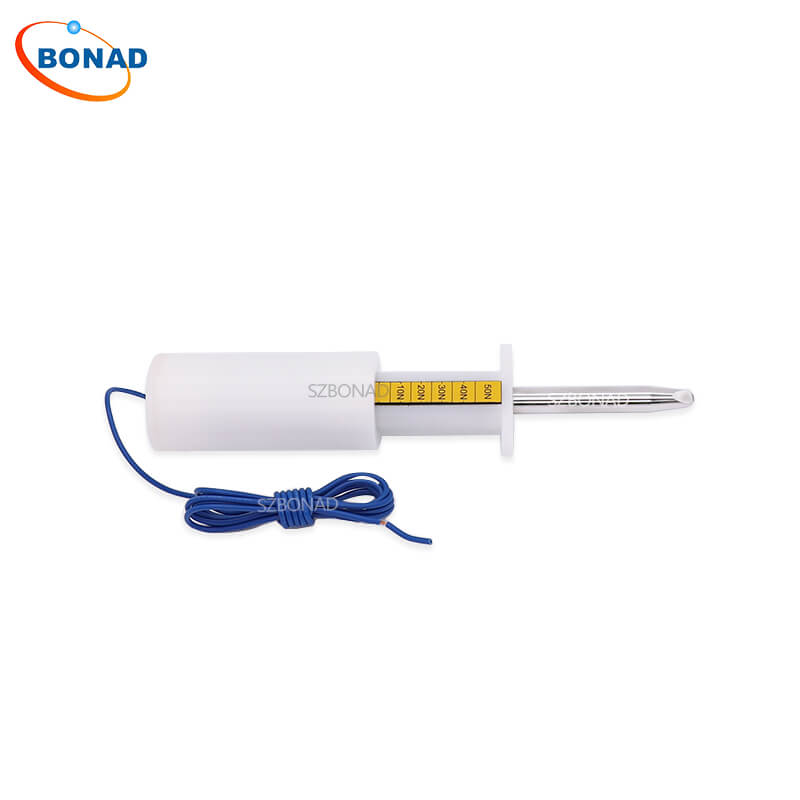This article will explore the significance of the Unjointed Test Finger Probe 11 of IEC 61032 in verifying accessibility to live parts and mechanical strength. Let’s dive deeper into its features, applications, and the role it plays in maintaining safety standards.
Understanding the Unjointed Test Finger Probe 11
The Unjointed Test Finger Probe 11 is a precision test probe designed to simulate a human finger. It complies with Figure 7 (Fig. 7) of the IEC 61032, which defines the dimensions and properties of the test finger. This probe also meets the standards set by CSA, IRAM, UL, IEC 60335, IRAM 4220-1, ensuring its reliability and widespread acceptance.

Applications and Features
The primary application of the Unjointed Test Finger Probe 11 is to determine the mechanical strength of touchable parts in electrical appliances. It incorporates an integrated compression spring according to EN 60335-1 and offers a force scale ranging from 0-75 N in 5 N steps. This feature allows precise measurements and helps manufacturers assess the durability of their products.
Made from stainless steel, the 80 mm long test finger adheres to the dimensions specified in EN 61032. It features a ∅ 50 mm polyamide washer for contact and continuity testing, with a 4 mm connection socket integrated below. These design elements ensure accurate and consistent test results, making it an essential tool for product safety evaluation.
Importance of Safety Compliance and BND Test Equipment
Safety compliance is crucial to protect consumers and prevent accidents caused by faulty electrical devices. Companies like BND Test Equipment play a vital role in ensuring product safety. With their experienced researchers and administrators, BND Test Equipment manufactures all products in strict accordance with various international standards such as EN, IEC, CE, UL, VDE, and more.


